Membrane Transporter/Ion Channel
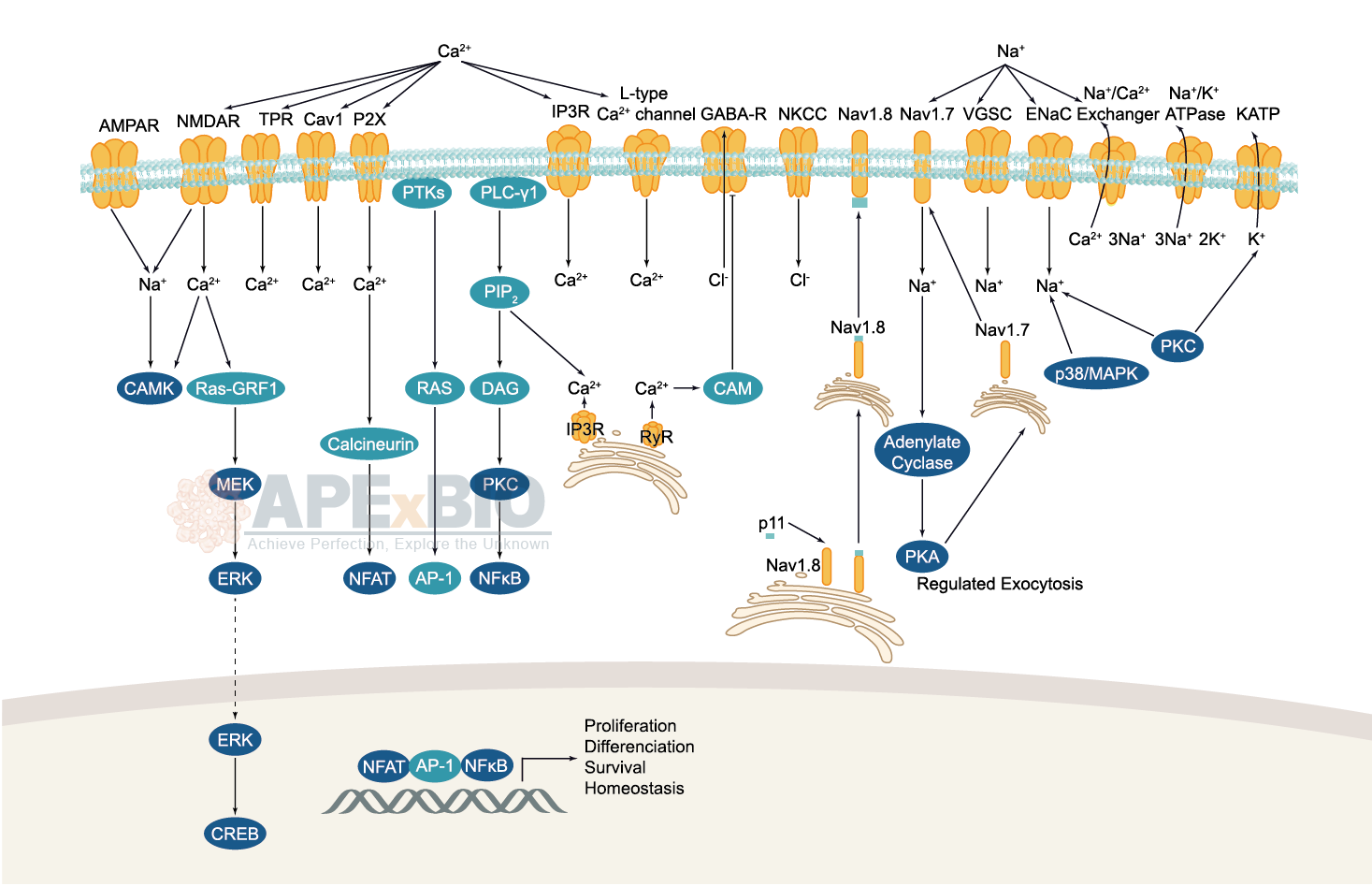
Ion channels are pore-forming membrane proteins which allow the flow of ions across the membrane. The ion channels can be broadly grouped into six families including calcium channels, chloride channels, potassium channels, sodium channels, gap junction proteins and porins. Not all ion channels are gated, such as certain type of K+ and Cl– channels, transient receptor potential superfamily of cation channels, the ryanodine receptors and the IP3 receptors, but most Na+, K+, Ca2+ and some Cl– channels are all gated by voltage. Ligand-gated channels are regulated in response to ligand binding (e.g. neurotransmitters signaling). These ligand-gated neurotransmitter receptors are known as ionotropic receptors. Various neurotransmitters couple to ionotropic receptors such as glutamate, acetylcholine, glycine, GABA, and serotonin.
-
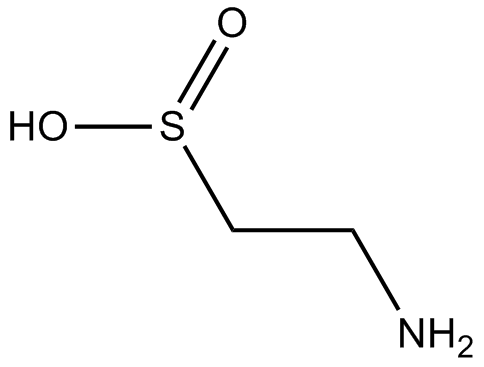 B6224 HypotaurineSummary: glycine receptor agonist
B6224 HypotaurineSummary: glycine receptor agonist -
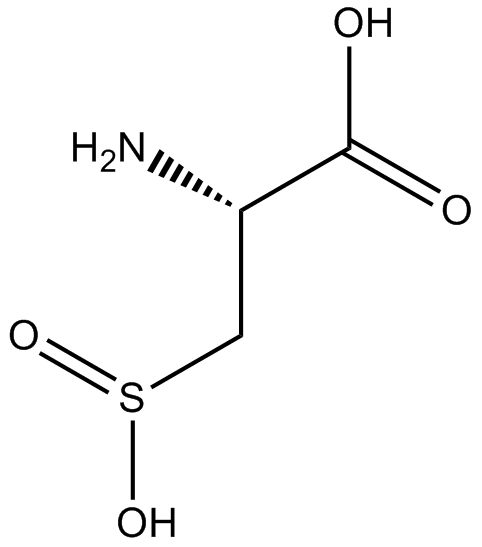 B6225 L-Cysteinesulfinic acidSummary: NMDA and mGlu receptor agonist
B6225 L-Cysteinesulfinic acidSummary: NMDA and mGlu receptor agonist -
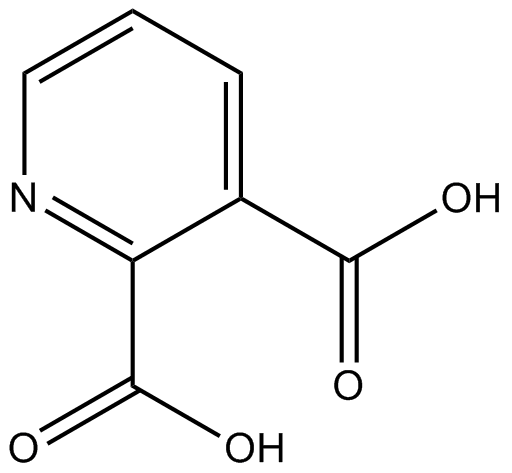 B6228 Quinolinic acidSummary: NMDA agonist
B6228 Quinolinic acidSummary: NMDA agonist -
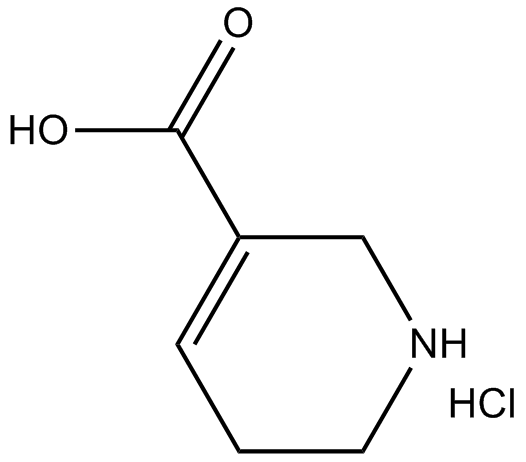 B6229 Guvacine hydrochlorideSummary: GABA uptake inhibitor
B6229 Guvacine hydrochlorideSummary: GABA uptake inhibitor -
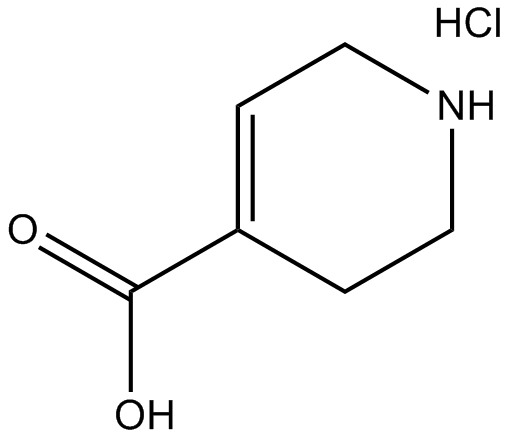 B6230 Isoguvacine hydrochlorideSummary: GABAA receptor agonist
B6230 Isoguvacine hydrochlorideSummary: GABAA receptor agonist -
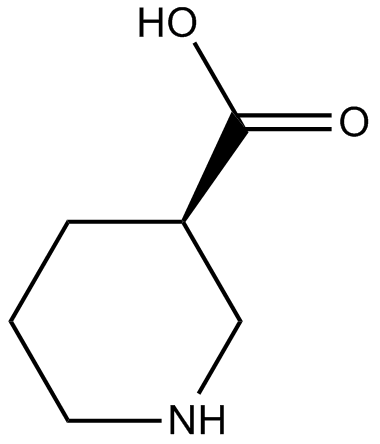 B6231 (±)-Nipecotic acidSummary: GABA uptake inhibitor
B6231 (±)-Nipecotic acidSummary: GABA uptake inhibitor -
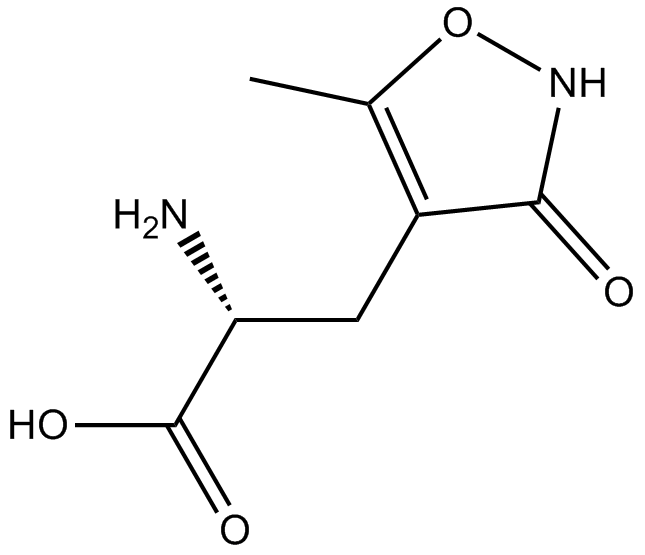 B6237 (R)-AMPASummary: inactive enantiomer of AMPA
B6237 (R)-AMPASummary: inactive enantiomer of AMPA -
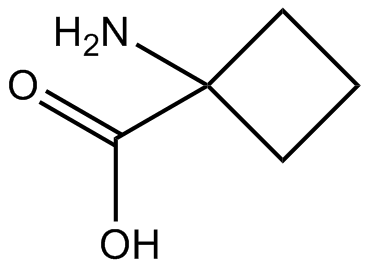 B6239 ACBCSummary: NMDA receptor partial agonist
B6239 ACBCSummary: NMDA receptor partial agonist -
 B6246 Ibotenic acidSummary: NMDA and metabotropic glutamate receptor agonist
B6246 Ibotenic acidSummary: NMDA and metabotropic glutamate receptor agonist -
 B6249 N-(4-Hydroxyphenylacetyl)spermineSummary: NMDA receptor antagonist
B6249 N-(4-Hydroxyphenylacetyl)spermineSummary: NMDA receptor antagonist

